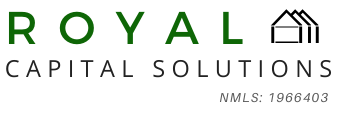A Home Equity Line of Credit (HELOC) is a flexible financial tool that allows homeowners to borrow against the equity in their home. Unlike a traditional loan, which provides a lump sum of money, a HELOC works more like a credit card, giving borrowers access to a revolving line of credit that can be used as needed. This type of financing is ideal for homeowners who need ongoing access to funds for home improvements, debt consolidation, or other major expenses.
One of the biggest advantages of a HELOC is its flexibility. Borrowers can withdraw funds as needed during the draw period, typically lasting 5 to 10 years, and only pay interest on the amount used. Once the draw period ends, the repayment phase begins, usually spanning 10 to 20 years, during which the homeowner repays both principal and interest. This structure makes HELOCs an attractive option for those who don’t need a large lump sum all at once but prefer access to funds over time.
HELOCs also typically offer lower interest rates compared to credit cards and personal loans because they are secured by the home. This makes them a cost-effective way to finance large expenses, such as home renovations, medical bills, or education costs. Additionally, in some cases, the interest paid on a HELOC may be tax-deductible if the funds are used to improve the home, although homeowners should consult a tax professional for specific guidance.
However, it’s important to recognize the risks associated with a HELOC. Since the home is used as collateral, failure to make payments could result in foreclosure. Additionally, HELOC interest rates are often variable, meaning they can fluctuate over time based on market conditions, potentially increasing monthly payments. Homeowners should carefully assess their financial stability before taking on this type of debt to ensure they can comfortably manage payments.
Overall, a HELOC can be a valuable financial resource for homeowners who need flexible access to funds at a lower interest rate. However, it’s essential to use this credit responsibly and have a solid repayment plan in place. By understanding the benefits and risks, homeowners can make informed decisions and leverage their home’s equity to meet their financial goals.














